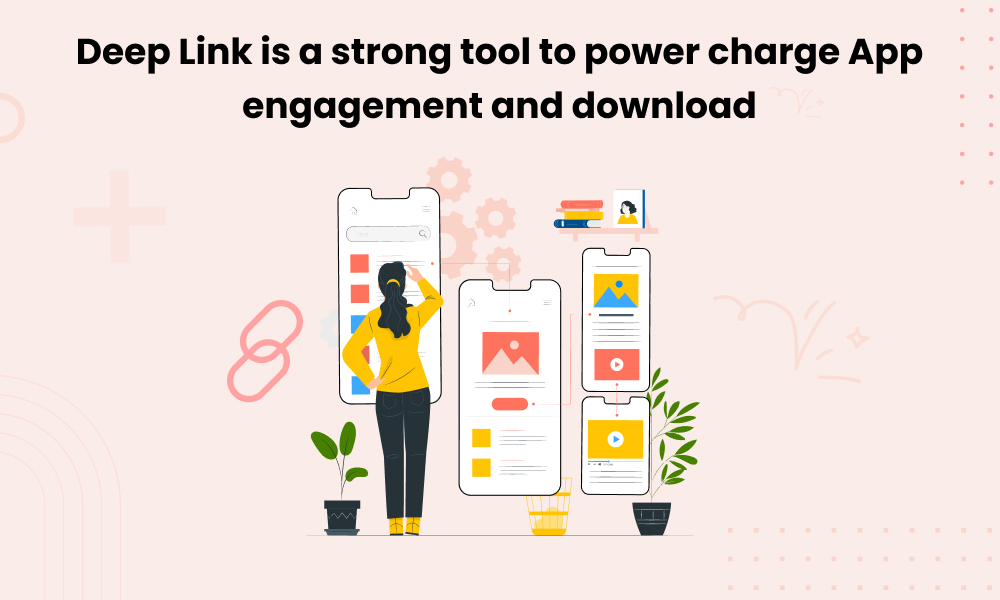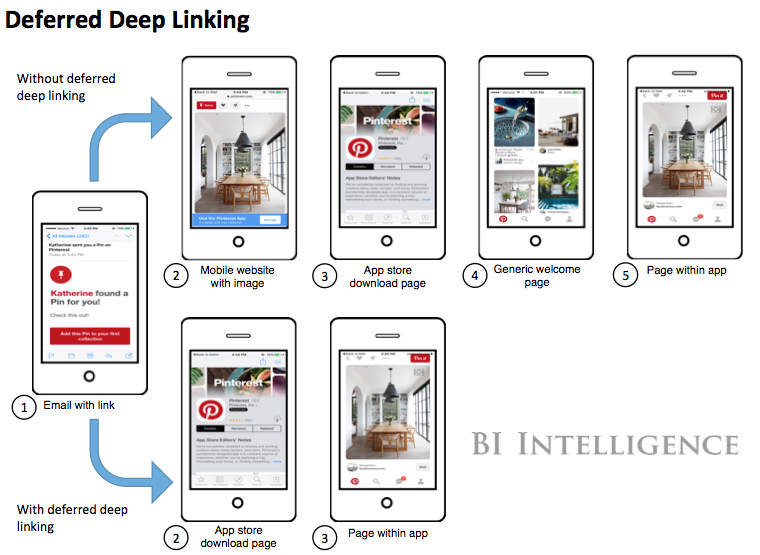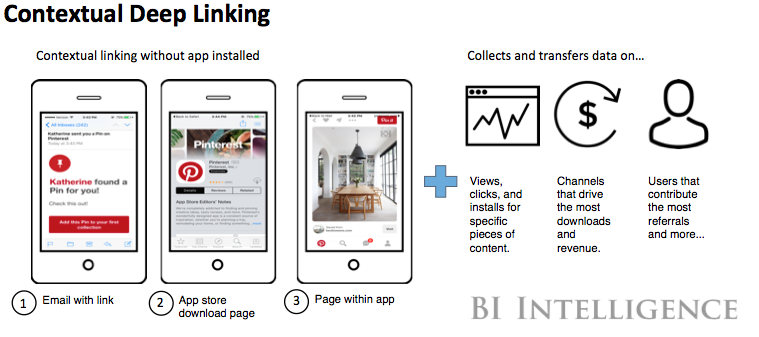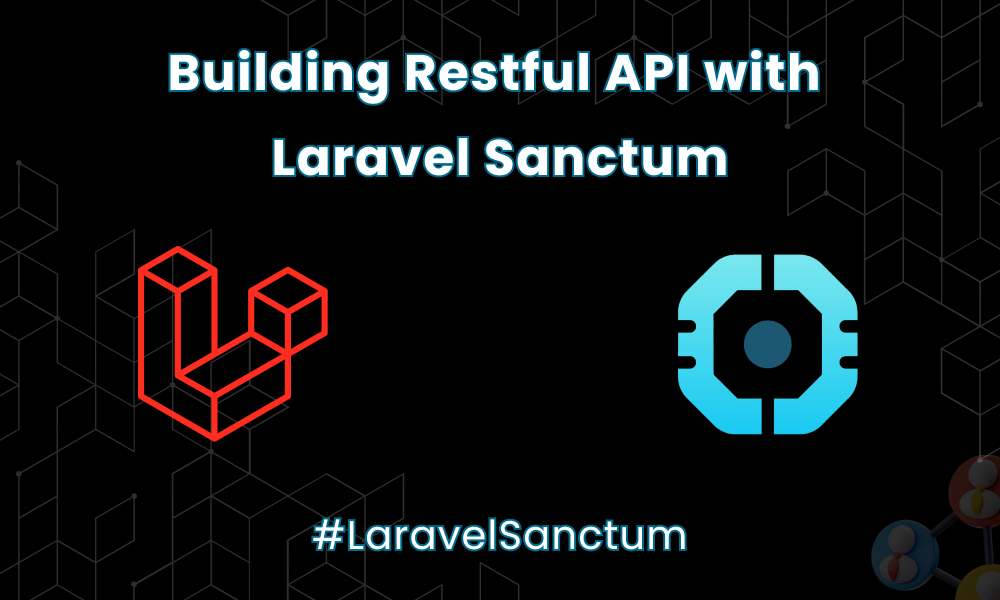Deep linking
appstonelab
May 24, 2022

Deep linking technology has obtained substantial awareness over the past few years by permitting the marketers to upgrade their involvement with mobile app users.
Deep links offer a comprehensible way for app publishers to rectify, convey, and transfer the users to a particular content within apps. Eventually, they can assist the app publishers boost the installs, user involvement, and conversions — the fundamental to any app’s accomplishment.
Deep links are mobile links that manage much like hyperlinks, but instead of pointing out the users to a web page, deep links send them to a certain screen within a mobile application. There are three kinds of deep linking mechanisms utilized today: basic deep links, deferred links, and contextual deep links.
TYPES OF DEEP LINK:
- Basic Deep link

Basic deep links can be integrated into a sum of mobile mediums, including webpages, emails, SMS messages, and social media sites. They can be employed to send users to almost any chunk of an app. For instance, marketers can associate product advertisements on the mobile web promptly to parallel product pages within an app.
Basic deep links help lower the friction attached with app utilization. For example, users who tap on generic mobile links online or in an email advancement are sent to the homepage of an app, supposing they have the app downloaded (the link will not work otherwise). This compels them to manually sail through the app to find the content they are interested in acquiring. That friction can put off the users from engaging with the app. Basic deep links help resolve this issue by redirecting the users directly to a particular content within an app instead of to a generic welcome screen, if they have the app installed on their mobile device.
Users who click on a basic deep link but don’t have an app installed will be redirected to an app download page or to the app store. After downloading the app, the basic deep link will send them to an induction or welcome page within the app rather than the section they intended to use.
- Deferred Deep Links

Unlike basic deep links, deferred deep links do not demand that users have a parallel app downloaded on their mobile device to be redirected to a particular page within the app they aim to access.
Deferred links forward the users to a screen or location within an app after the user is redirected to the app store to install the app and then inaugurates the app for the first time. This works by using something called “device matching” or “fingerprint matching” — users are allotted with a fingerprint after they click on a deep link that entitles them to be recognized and be balanced with the experience or app page they were looking to scroll to after their install.
- Contextual Deep Link

These links work much like basic and deferred deep links, except they not only transfer the user data to an app through the install so users can be accurately redirected to where they target to land within an app, but also note the information about the user, including who they are, where they were referred from, who referred them, or which promotion coupon they want to claim to their order.
Contextual deep links, a term invented by branch, a company majoring in deep-linking technology, permit the developers to provide the users a much more customized and targeted app experience instantly after they open an app — also known as “onboarding.” Developers can create features off of these links that gets the users to a customized welcome screen after download, or permits them to naturally upload a promo code. They also let the marketers collect information on how advertising campaigns and marketing channels are conducting.
Why are Deep Links crucial?
Deep links bestow app marketers and developers with a number of important benefits. They can aid the marketers enhance their app marketing campaigns, boost conversions, upgrade involvement, and build control. But in order to get a true interpretation of why deep links are so beneficial for successful apps, one must check the complete picture, such as how to upgrade the possession sources and where to apply deep links for supreme influence.
Deep linking lowers the percentage of site visits that are single-page sessions, while making the page views, time on site and even subscriber numbers better.
Let’s glance at three other causes…authority, pertinence and clarity as to why deep linking is important:
- Raise the command of the whole site – If all you did was enhance and send a crowd to your home page then you might have a home page with a really huge authority grade…but the remaining pages had little or no authority. Well, when search engines looked at your entire site then those poor-authority pages would bring down your homepage’s authority rank, too. Looking at it emphatically, deep linking can help you improve your entire site’s authority.
- Improve your site’s overall pertinence – When the pages you issue consist of keywords in the meta data (URL, title tag, image attribute, etc.) and the body copy, then search engines will crumble and then target your page depending upon that keyword. Particularly, because the keyword is appropriate to the page and you’ve linked to it with a keyword-rich anchor text from the other page, Google will examine it as an authority…and grade it high.
- Update your site’s overall clarity – Huge sites abide from too many pages not getting indexed because of their sheer size. This is where good navigational abilities like deep linking come into picture. These deep links both from your site and other sites will enable the search engines to follow the road through your site to these archived pages…and make them visible by indexing them.
When should you not deep link?
At times, deep linking is not advisable, like in cases where you need them to see a higher-level page before they view the one below it.
This is accurate, for instance, for a site like Which Test Won? They run tests, get the outcome and then dare you to predict the results.
Conclusion
Sending a crowd to your home page is not a good SEO plan of action for most websites, so your home page to internal link page ratio should be 1 out of 3 or higher. Deep linking is the process that enables you to do that.
The beautiful thing about deep linking is that it will increase the authority, connection and visibility of your website in the search engines. More importantly, though, deep linking will attract your users to suitable pages that satisfy their goals…thus lowering the opportunities they’ll jump and increasing the chances that they will become dedicated readers.
Related Blogs
SaaSWeb Development
appstonelab
May 24, 2022

SaaSWeb Development
appstonelab
May 24, 2022

Web Development
appstonelab
May 24, 2022
